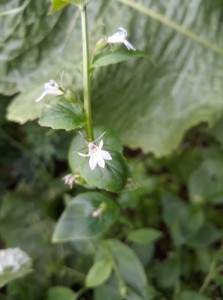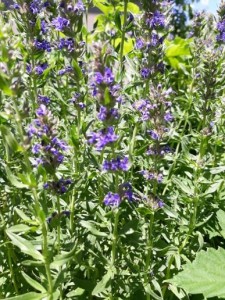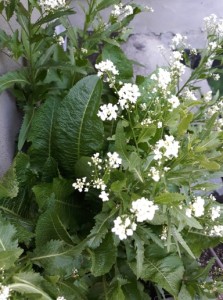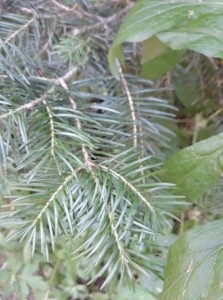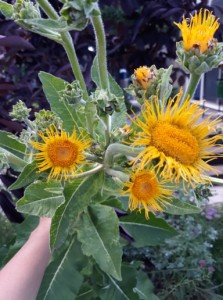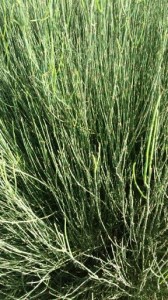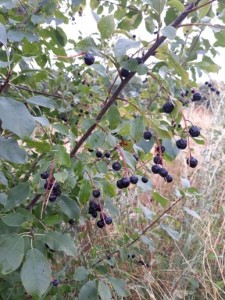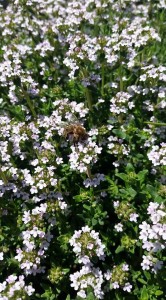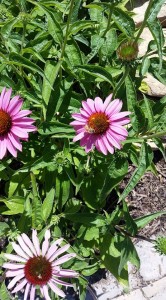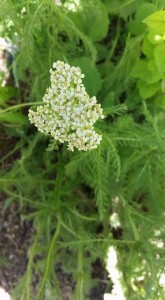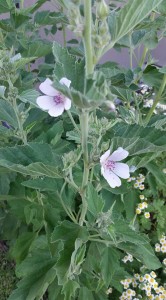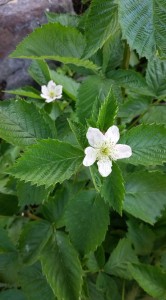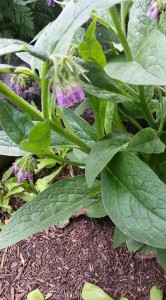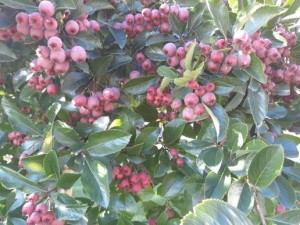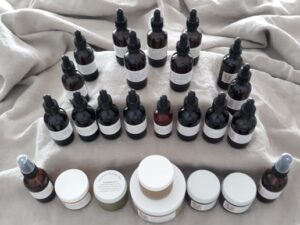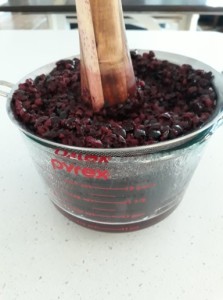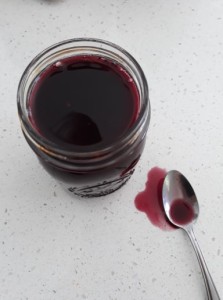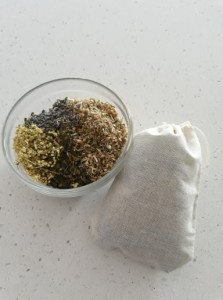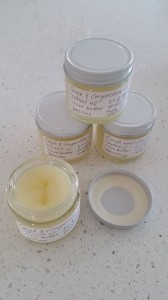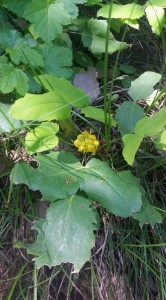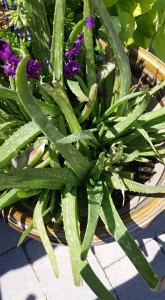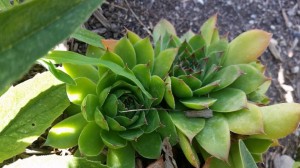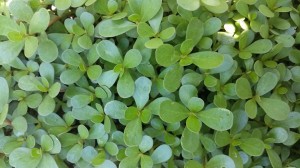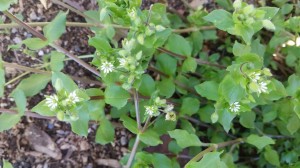No one likes to be sick that is for sure! As a mom of 7 kids we are proactive about our health by eating wholesome food, drinking purified water, getting adequate sleep, staying active and getting plenty of sunshine. During the winter months that can be a little more difficult to do so we take vitamin D3 with K2 for better absorption. My little ones get gummies from Nordic Naturals. Cod liver oil is a great option for vitamin D and is a whole food source which many feel is more superior. Whole food vitamin C is an important part of our daily routine. When someone gets sick in the family they switch to sodium ascorbate. It moves into the cells faster and is less expensive. This is just what we do and by no means should this information be taken as medical advice. This post is for educational purposes only.
There has been a lot of information being shared about the Coronavirus on social media and news outlets. We know that the numbers are growing around the world, including within the United States. Health officials have reported that the US is preparing for a pandemic to come here. See this report here
I do not share this information to create panic or fear, on the contrary, I would like to share with you what I understand about the virus, what is happening to the people that aren’t recovering from it and how we can stay healthy and overcome it within our own families.
We know the virus is spreading by human to human transmission, by contact of bodily fluids and aerosol means, meaning through the air. People who have contracted the virus have experienced fever, sneezing, cough, even stomach cramps, headaches and confusion, but not everyone experiences the same symptoms. For more information see this article
I really liked this report from American Thought Leaders. I highly recommend watching the video to be able to understand the full picture. Laurie Garrett is a reporter who travels around the world to learn about epidemics including, MERS, SARS and Ebola. She discusses simple precautions on how to keep you and your family safe along with what is actually happening in China. Laurie also mentions something that happens to the people that are dying. These people are experiencing many of the same symptoms as this 56 year old woman has been experiencing. The report states, “She was still on oxygen support when the doctor told her she was ready to go home. She couldn’t stop coughing. Too much fluid was filling up her lungs because of the viral infection, causing chest pains and making it hard for her to breathe” article (Chinese economy is suffering so people are being forced to go back to work even while they are sick).
Time and time again I keep reading and hearing about what I know to be cytokine storms. Cytokines are important chemical signals produced by the immune system to activate other pathogen fighting cells. These immune cells react to the increased cytokine levels by moving toward the infection site and releasing more cytokines. This creates mucus that traps the pathogens and gets rid of them through mucus production, sneezing, coughing and so on. The problem occurs when, after 5-7 days of being ill, one starts to feel worse and not better. The woman mentioned in the article above says that she felt like fluid was filling her lungs making it difficult for her to breathe. That is a cytokine storm. This is the reason why people died during the Spanish Influenza of 1918 where it was estimated that 100 million people died around the world. Cytokine storms can also turn into pneumonia causing death in high risk people. We know that all viruses act in different ways and are still trying to figure this one out.
There are some great herbs that can increase cytokines at the beginning of an illness. Remember cytokines aren’t bad, they are important to help move pathogens out of the body and should be used at the beginning of an infection. There are many herbalists that have differing views on which herbs increase cytokines. Some that have been listed include, elder, echinacea, ginsengs and even chocolate and honey. These herbs and foods are good to take at the beginning of an illness, including the coronavirus. In fact they are my first choice, especially elder. If however a person starts to feel worse a week or so into the infection it would be wise to stop taking the cytokine stimulating herbs and start taking herbs that decrease cytokines. Those herbs include Turmeric, Garlic, Ginger, Grape leaves, St. John’s Wort, Milk thislte, Scullcap, Yarrow and Yerba mansa.
Another important aspect is that we need to keep the detox pathways open when we are sick. This includes the colon, liver, kidneys and lymphatic system. Yerba mansa helps with lymphatic flow as well as calendula, echinacea and cleavers. Taking adequate amounts of magnesium and pysillium husk powder will help the colon to continue to move. Milk thistle, dandelion root, yellow dock root and burdock root are all great for keeping the bile flowing through the liver. Epsom salt baths are also good for keeping the liver pathways open. Drinking plenty of purified water is important for kidney function. Dandelion leaf, chamomile and cleavers are great herbs for the kidneys.
Other herbs that were used during the Spanish Influenza by many Native Americans were Lomatium and Osha. These are very powerful antiviral plants that can be taken throughout the duration of an illness. Angelica root was used during the black plague in Europe and is known to be a very good circulatory herb to keep things moving through the body.
The herbs mentioned above can be taken as a tincture or a tea for best results as single herbs or as formulas. Listed below are 21 respiratory herbs that can help with different symptoms. Please reach out if you have any questions. There are so many other herbs that I could mention, but these are easy to grow and find. Stay healthy and think about building up your basic needs in case there comes a time to quarantine where you live.
Lobelia inflata, a fabulous antispasmodic herb that can help to relax constricting smooth muscles. Good for opening the airway. This herb is not recommended during pregnancy.
Hyssopsus officinalis, or Hyssop is a wonderful expectorant with a long history dating back to biblical times. This herb should be avoided during pregnancy.
Armoracia rusticana or Horseradish is a great herb for clearing the sinuses and killing pathogens, clearing the lungs as a good expectorant. Do not take in large amounts as it can create GI upset.
Fir or Pine needles are fabulous antimicrobial plants. They are also good expectorants and very high in vitamin C. There are no known warnings.
Inula helenium or Elecampane is probably one of the best expectorant herbs there are. There are no known warnings.
Brigham tea and other Ephedra spp. (the picture above is called green joint stem) are very good bronchial dilators that can help open the airway. There are no known warnings for Brigham tea.
Prunus virginiana or Wild Cherry bark comes from the choke cherry tree/shrub. It is excellent for calming dry hacking coughs and has gentle expectorant properties. Not recommended for long periods of time or during pregnancy.
Thymus vulgaris or Thyme is a good antimicrobial and expectorant. There are no known warnings. Just avoid in large doses during pregnancy. Normal doses are fine.
Grindelia spp. also known as Gumweed is an excellent expectorant, antispasmodic and antibiotic making this a great herb for bronchial infections and asthma. Do not take in large doses or for long periods of time by those who suffer from kidney or heart disease.
Capsicum annum or Cayenne is a fabulous herb for breaking up mucus within the respiratory system. It is also great at killing off pathogens. Start with small doses and build up tolerance.
Allium sativa or Garlic is a good antimicrobial and on our list for decreasing cytokines. Best to take with food so it doesn’t cause upset GI issues.
Echinacea purpurea is a great immune stimulating herb that is also good for moving the lymphatic system. This herb increases cytokines. Use with caution is you have an autoimmune disorder otherwise it is perfectly safe for all.
Mentha piperita or Peppermint is a great antimicrobial herb and is good for relieving headaches and breaking fevers. Can increase heartburn and GI upset with certain people.
Achellia millifolium or Yarrow is great known for it’s antibiotic properties as well as a diaphoretic herb that can help with breaking a fever through sweating. This one will also help to decrease cytokines and is great for using throughout an infection period. Not intended for use during pregnancy. Generally safe but not intended to be used for ling periods of time.
Hypericum perforatum or St. John’s Wort is a good antiviral herb and also good for nerve pain. This herb will not increase cytokines. Not intended to be taken during pregnancy or with other SSRI anti-depressant prescription drugs.
Althea officinalis or Marshmallow is really soothing to inflamed tissues and can help coat and protect tissue in the lungs like cilia from too much coughing. No known warnings. Very safe for all ages and conditions.
Rubus spp. Blackberries and Raspberries (leaves and roots) are great astringent herbs for diarrhea. No known warnings.
Verbascum thapsus or Mullein is calming to the nerves in the respiratory system to help with a constant cough. It is also a good expectorant. The flowers are good for pain especially pain caused by ear aches. Leaves, flowers and roots are safe. Seeds are toxic.
Symphytum officinalis or Comfrey is a great expectorant and can help heal damaged tissue. Generally safe herb. Not intended for use during pregnancy or for those on a lot of prescription drugs.
Plantago spp. or Plantain is a good expectorant and vulnerary herb to help heal damaged tissue. It is also used against sepsis. No known warnings.
Sambucus nigra or Elderberry is one of the strongest antiviral herbs there are for influenza and other respiratory infections. The flower is good for clearing pressure in the Eustachian tubes, and a good diaphoretic. The berry is a good expectorant as well. Use only the dried herb as the fresh can be mildly toxic.


